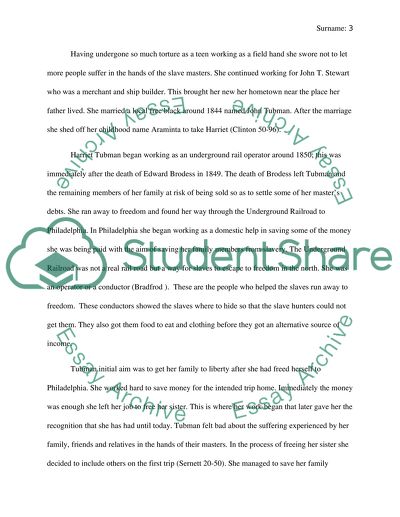Cite this document
(“Harriet Tubman- the most respected personalitie of the 19th century Essay”, n.d.)
Retrieved de https://studentshare.org/history/1391487-harriet-tubman
Retrieved de https://studentshare.org/history/1391487-harriet-tubman
(Harriet Tubman- the Most Respected Personalitie of the 19th Century Essay)
https://studentshare.org/history/1391487-harriet-tubman.
https://studentshare.org/history/1391487-harriet-tubman.
“Harriet Tubman- the Most Respected Personalitie of the 19th Century Essay”, n.d. https://studentshare.org/history/1391487-harriet-tubman.


